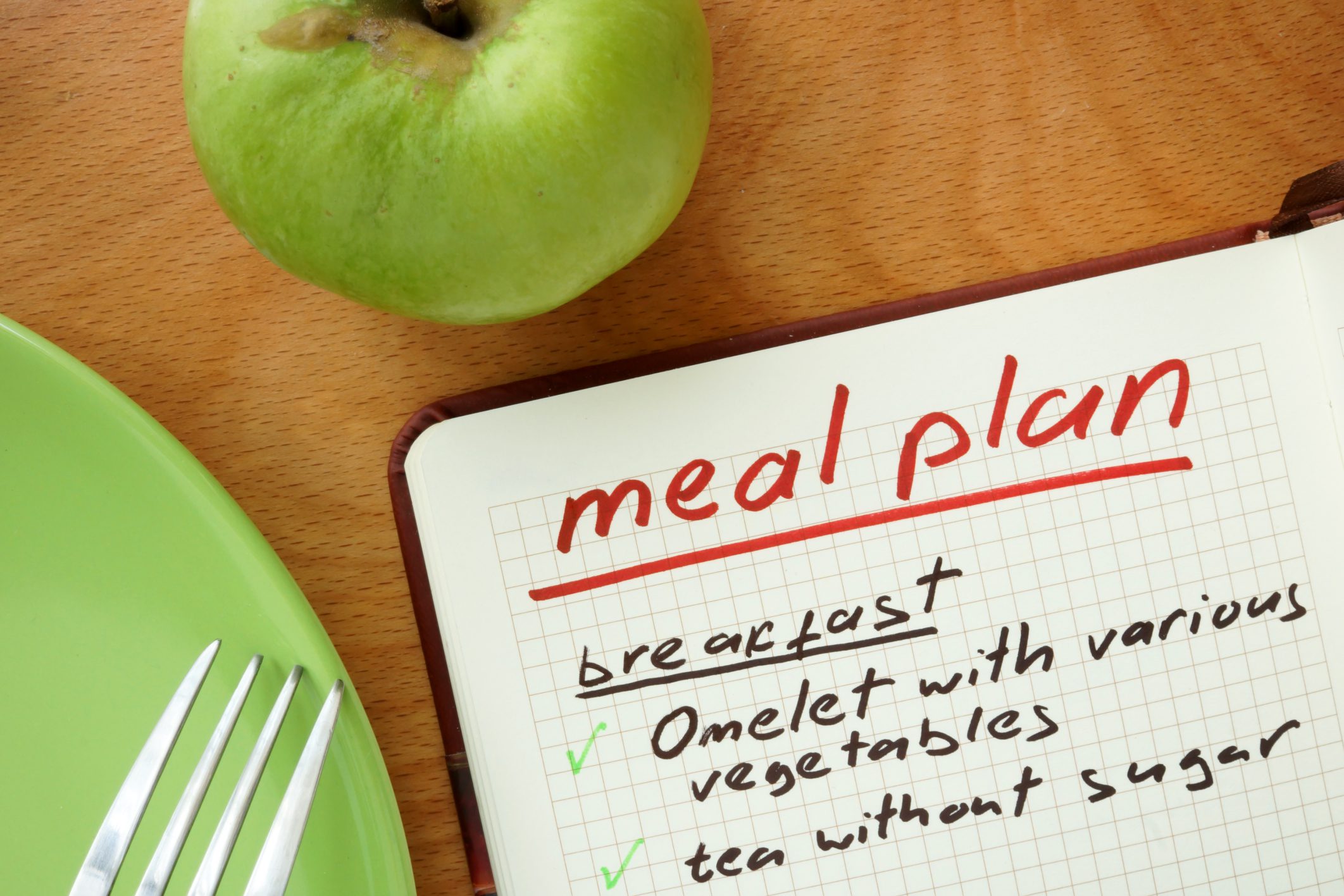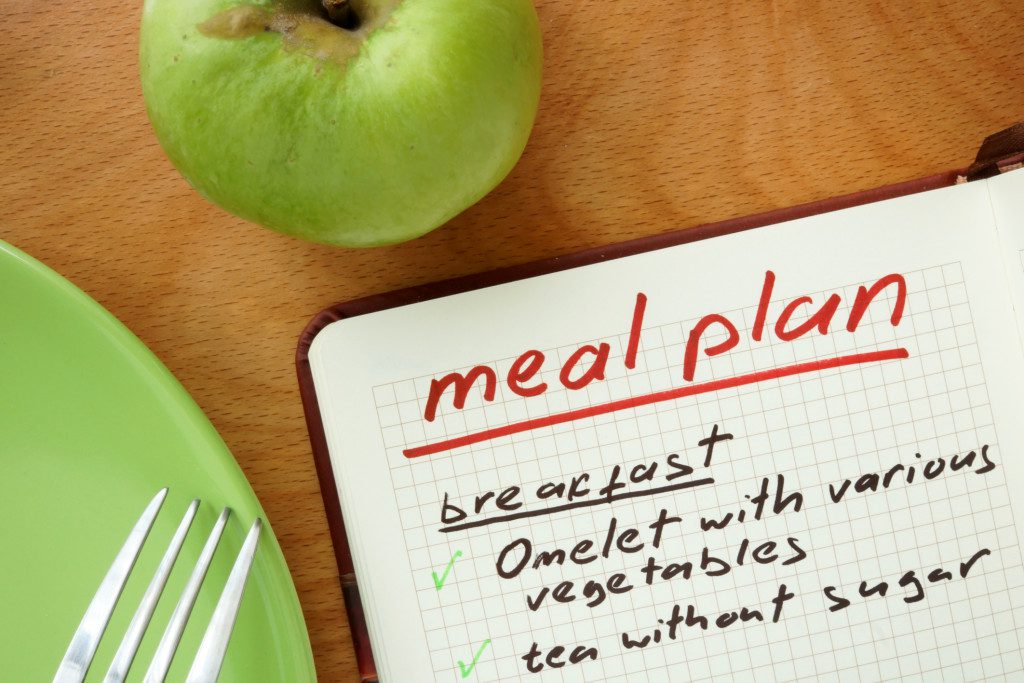Timing your nutrition on a multiple workout day
As your training load ramps up, use this basic template to model your daily nutrition plan for optimal fuelling, replenishment and recovery.

There is a saying, “If you need to get a project done, give it to a busy person.” This phrase defines the life of a focused endurance athlete. Between work, family time, and workouts it is only a person who is highly organized (or who likes early mornings) that can get this all accomplished with ease. Then of course you have to eat. This becomes a lot tougher to plan on a multiple workout day.
Eating properly will help ensure you resist fatigue and illness, and will also help you to recover properly from your training. Here is a sample day in the life of a triathlete. This example can give you an idea of how to plan the meals that will keep your day on schedule, help you recover from the day’s workouts and get you ready for the energy demands of the rest of the week.
6:00 am – Early swim. First thing in the morning you should have something small to eat, at least a half hour before your swim. A lot of you may not eat anything this early but you should. This will get you through the workout, especially since you haven’t eaten anything for potentially 10-12 hours. Try to have something light but still a complex carbohydrate like whole wheat toast or a bran muffin as it is the start of a busy day and you need sustainable energy yet you don’t want to get a cramp during the swim with too much in your stomach. Of equal importance is to start hydrating as soon as you get up and to keep hydrating during your swim with water or a sport drink that works for you.
7:30 am – Breakfast. After your swim, ideally you have time for a more substantial breakfast. This meal should contain some protein for muscle recovery and more carbohydrate to replace energy you have just used and that you will use again for more exercise later in the day. Granola with yoghurt or a scrambled egg and veggie wrap would work well.
8:30 am – Commute to work. Pack snacks of quality carbohydrates for when you get hungry throughout the day between meals. These can also contain a little protein to aid in muscle recovery but your focus should be energy replenishment. Banana with almond butter, fruit and cottage cheese, homemade soup or an energy bar are good choices. A Powerbar Harvest bar has 34g of carbohydrate and 10g of protein which would be perfect. Keep hydrating!
12:00 pm – Gym/Lunch. By lunch time you may have fit in two workouts and you have 5-6 hours before your next one. Try to fit in a more substantial and balanced meal here in order to try and top your stores up fully. Focus on carbohydrates, good fats, and a little protein. A hearty sandwich with lots of veggies, avocado, and some turkey or a noodle, cashew and beef stir-fry are a couple of examples.
5:00 pm – Commute home. Have one of those snacks you packed on your commute home before your track workout. Try to get this in at least a half hour before as to avoid stomach issues.
6:00 pm – Track workout. Make sure to bring your sport drink and/or water to the session. You could also take a Powergel to get you through the workout. This is the third workout of the day and your energy stores may be low. This will ensure you are topped up.
7:30 pm – Dinner. Finally the day is almost done and it’s dinner time. Just like at lunch, plan for a well balanced meal of protein, good fats, and quality complex carbohydrates as you are now going to rest. You don’t need to have that quick shot of glucose that you get from less complex carbohydrates, i.e. gels, certain energy bars, or low GI foods that have their place but generally during training sessions and racing.
10:00 pm – Sleep
Balancing everything you need to get accomplished in a day can be tough. But planning your meals can not only ease some organizational stress but also be critical in your success as an endurance athlete. Simply put, your vehicle will work at its best with the proper gas in the tank. For a day as described above, your focus should be on replenishing muscle stores, on recovery, and topping yourself up for another day in the life of an endurance athlete. Take your rest day or a less busy day to go through your cookbooks, grocery shop, and plan out your week so that you don’t get caught having meals that won’t help you reach your training goals.
LifeSport triathlon coach Jessica Adam has been a coach in Victoria, Vancouver and now resides in the Toronto area. She loves to share her years of experience with beginner triathletes and also experienced triathletes that are trying new distances like the half or full for the first time. She coaches athletes online all across the country.

